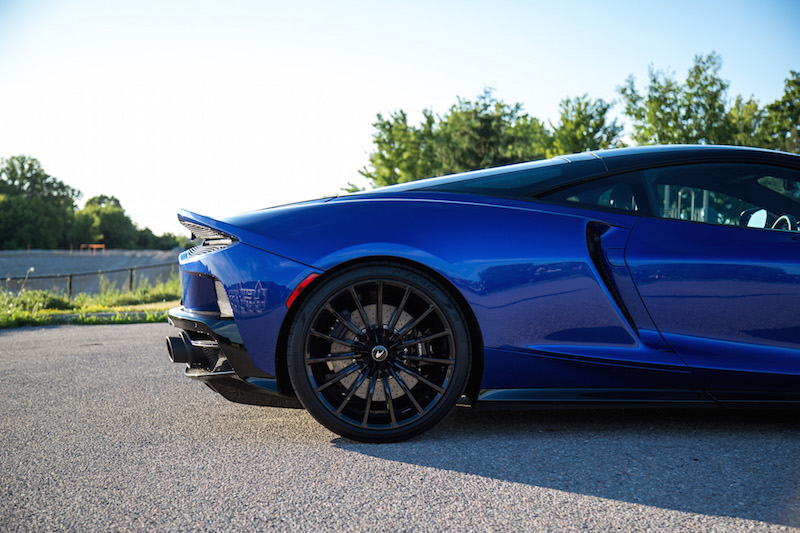The GT is McLaren’s take on the grand touring recipe, a mid-engined supercar tailored to tackle long stretches of the freeway while continuing to instill an emotional and spiritual drive that is expected from this storied brand known for making some of the most titillating cars in history. Think McLaren F1, SLR McLaren, and the P1. McLaren is no stranger to speed but the GT takes a slightly left-field approach by targeting a new customer base and aiming to be a friendly, usable, and functional daily driver for the elite. Clearly an answer to other successful grand tourers like the Porsche 911 Turbo, Mercedes-AMG S 63, Aston Martin Vantage, and Bentley Continental GT, the newcomer from Woking had better impress in this field of established entrants.

But it’s not McLaren’s first attempt at converting their supercars into usable road-trip devices. They tried their hand a few years back with the 570GT, a slightly softer, quieter, mildly more spacious variant of the 570S with a side-hinged hatch opening that increased trunk access and volume by only a slight margin. It didn’t take off very well with customers. So where is McLaren supposed to draw the line? How much sharpness do you sacrifice without dulling the edge entirely, and will sacrificing too much ruin the point of its grand touring mission? Let’s see if they got it right this time.

By keeping a mid-engined layout with lightweight components, it’s clear that McLaren is keen on injecting equal parts grand touring and supercar handling. Much of what you see in the GT is familiar territory. We’re talking about a carbon-fiber tub and a 4.0-liter twin-turbocharged V8 that produces 610 hp and 465 lb-ft of torque through a 7-speed dual-clutch transmission. That drives the rear wheels exclusively and accompanies an army of tech expected from this Formula 1 brand to keep the GT as grounded and agile as possible. The GT is a featherweight at 1,530 kg, sprinting from 0-100 km/h in 3.2 seconds, faster than a Mercedes-AMG GT R (3.6s), S 63 Coupe (3.5s), Aston Martin Vantage (3.6s), and Bentley Continental GT (3.7s), is tied with a BMW M8 Competition, but is slower than the Porsche 911 Turbo S (2.7s).

The GT is wickedly quick despite using a detuned but reworked variant of the V8 from the 720S with smaller turbochargers. The result is a torque curve that is broader and more usable, and it shows. Whereas other McLarens need a bit of spool to get going, there’s less delay with the GT, less build-up, and a subsequently smoother journey up to its peak 8,200 rpm redline. The flip side is that the top end is not as lairy or as theatrical. With the 720S, you hold on tight as it fiercely launches you forward but with the GT, wide-open-throttle acceleration is less violent, no less comically quick, but gentler and more gradual. This is all relative of course. If you have never experienced launch control in a McLaren, you definitely want to keep a paper bag in close proximity.





















